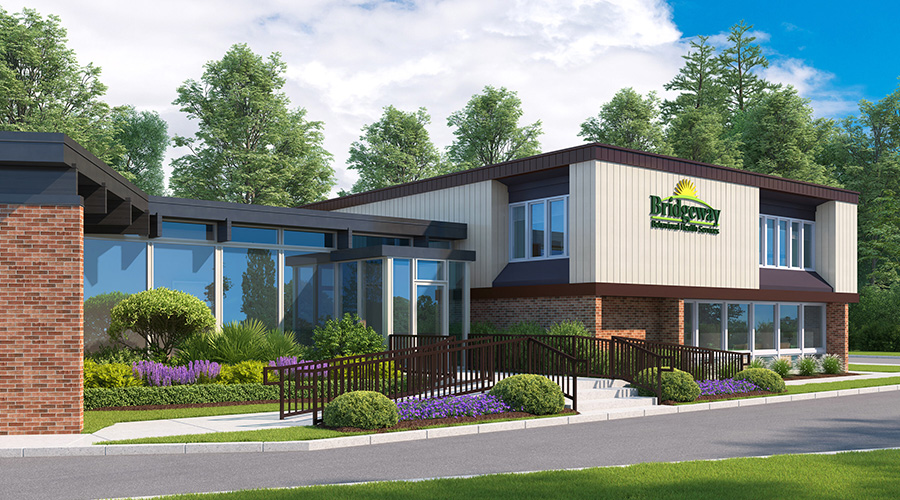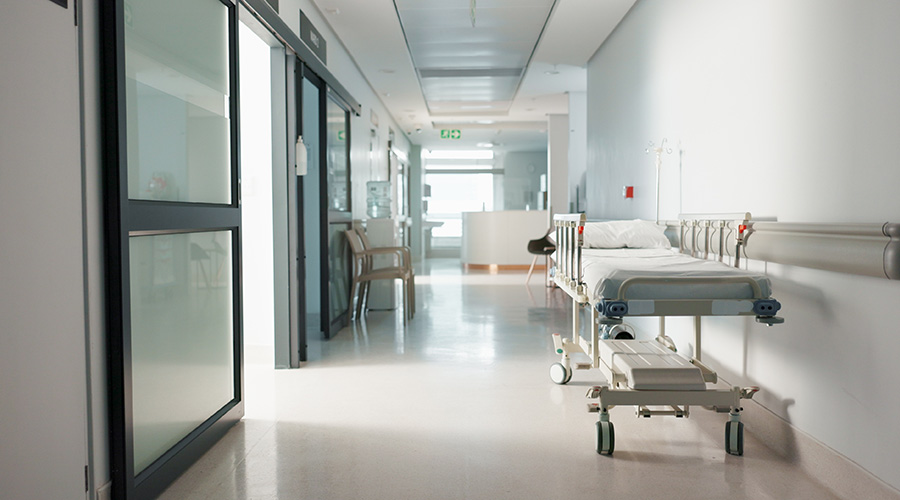More than one million slip-and-fall accidents occur in the United States each year. They are the number one reason people go to a hospital emergency room, and 17,000 people die each year from these accidents.
Slip-and-fall accidents also result in thousands of lawsuits each year. Determining liability can be difficult in these cases. However, invariably, if a lawsuit is filed, it will involve the facility's owner, manager, and often the cleaning contractor.
Because of this, owners, managers, and contractors should know under what circumstances they may be held liable. These circumstances are the following:
• The building owner, manager, or cleaning contractor caused the accident.
• The building owner, manager, or cleaning contractor was aware of a dangerous surface but did nothing about it.
• The building owner, manager, or cleaning contractor should have known of a dangerous surface or situation but did nothing about it.
"The last point is often referred to as 'reasonableness' and is usually at the heart of a slip-and-fall lawsuit," says Adam Strizzi, marketing manager for Crown Matting Technologies. "Instead of turning to the law, what judges and juries inevitably turn to is simple common sense."
There are several commonsense strategies managers can take to help avoid slip-and-fall accidents at their facilities. Strizzi suggests the installation of mats in all of the following areas of a typical facility as one of the most important:
• Inside and outside key building entries
• Inside and outside entries that lead from one area of an office to another, such as a warehouse area
• At the top and bottom of stairways and escalators
• At the top and bottom of step areas (one to three steps)
• Inside and outside elevators
• Around food-service areas and water fountains
• On hard-surface walkways that meet carpeted areas
• In restroom walkways
• Intermittently along hard-surface walkways
"With thousands of people dying each year due to slip-and-fall accidents, building owners and managers must do all they can to reduce these numbers," adds Strizzi. "Installing entry mats is one of the best things they can do."

 Healthcare Is the New Retail
Healthcare Is the New Retail Bridgeway Behavioral Health Services Launches Campaign to Renovate Health Center
Bridgeway Behavioral Health Services Launches Campaign to Renovate Health Center Ground Broken for New North Dakota State Hospital
Ground Broken for New North Dakota State Hospital AI Usage for Healthcare Facilities
AI Usage for Healthcare Facilities Ground Broken on Pelican Valley Senior Living Modernization Project
Ground Broken on Pelican Valley Senior Living Modernization Project